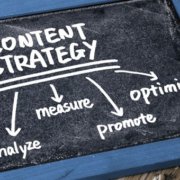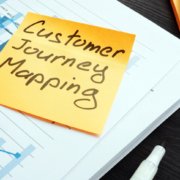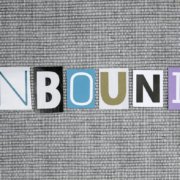Blogging Basics for a Killer Senior Living Blog That Gets Results
Having a senior living blog is a popular strategy to generate organic traffic, enhance search results, and keep prospects on websites longer.
That said, blogging does take careful planning. So before you start typing, check out these best practices.
Develop Buyer Personas for your Senior Living Blog
There’s no point in writing anything if you don’t know who you’re writing for. That’s where buyer personas come in.
Buyer personas are fictional representations of your ideal prospect. The persona encompasses background, demographics, motivators, and other types of information regarding how the prospect goes through the sales cycle.
Building strong personas will help you better understand your prospects. In addition, it will make it easier to tailor content to them, no matter where they are in the sales cycle.
For example, prospects who are trying to decide whether senior living is right for them are in a much different place than prospects who need to move within 30 days. You might create a downloadable checklist for the former. For the latter, a moving guide might make sense. You get the idea.
Make sure you don’t create buyer personas in a vacuum. While the personas are fiction, you need to base them on real people. Interview current customers, prospective customers, and lost customers so you can create an accurate persona.
Invest in Keyword Analysis for Your Senior Living Blog
Keyword research will tell you how prospects are searching in your local market. The analysis provides a list of the most common and popular keywords, the number of searches initiated monthly, the difficulty in ranking for each keyword, and where your community and your competitors currently rank.
For example, “assisted living” will be extremely difficult to rank for, but “assisted living Boca Raton” will be easier and more targeted to the type of prospects you want to attract (assuming your community is actually located in Boca Raton!). Remember, the goal isn’t simply to generate more traffic to your senior living blog. The goal is to generate more targeted traffic.
Create an Editorial Calendar for Your Senior Living Blog
With your keyword research in hand, select keywords with the highest monthly search results and moderate or low “ranking difficulty.” From there, you can create your editorial calendar.
- The first step is to integrate these keywords into your blog titles.
- Assign each blog to one of your personas. For example, adult children and older adults are going to be interested in different topics, so it’s important to map your content to the right persona.
- Align your content with various stages of the buyer’s journey. Some prospects are in the early research stage, some are in planning mode, and others are in crisis and have to make a quick decision. Each stage requires different content based on where they are in their journey.
- Schedule two to four blogs per month for best results. Remember, you want to deliver fresh original content on your senior living blog.
Don’t blog about your residents, employees, or daily happenings.
Prospects are not searching for your internal news and events. Blogs are not about you – they are for and about your prospects. You can use your social channels, such as Facebook, to promote content about your residents and employees, or you can create a News section on your website for these updates.
Need more help with your senior living blog? Let’s chat!











